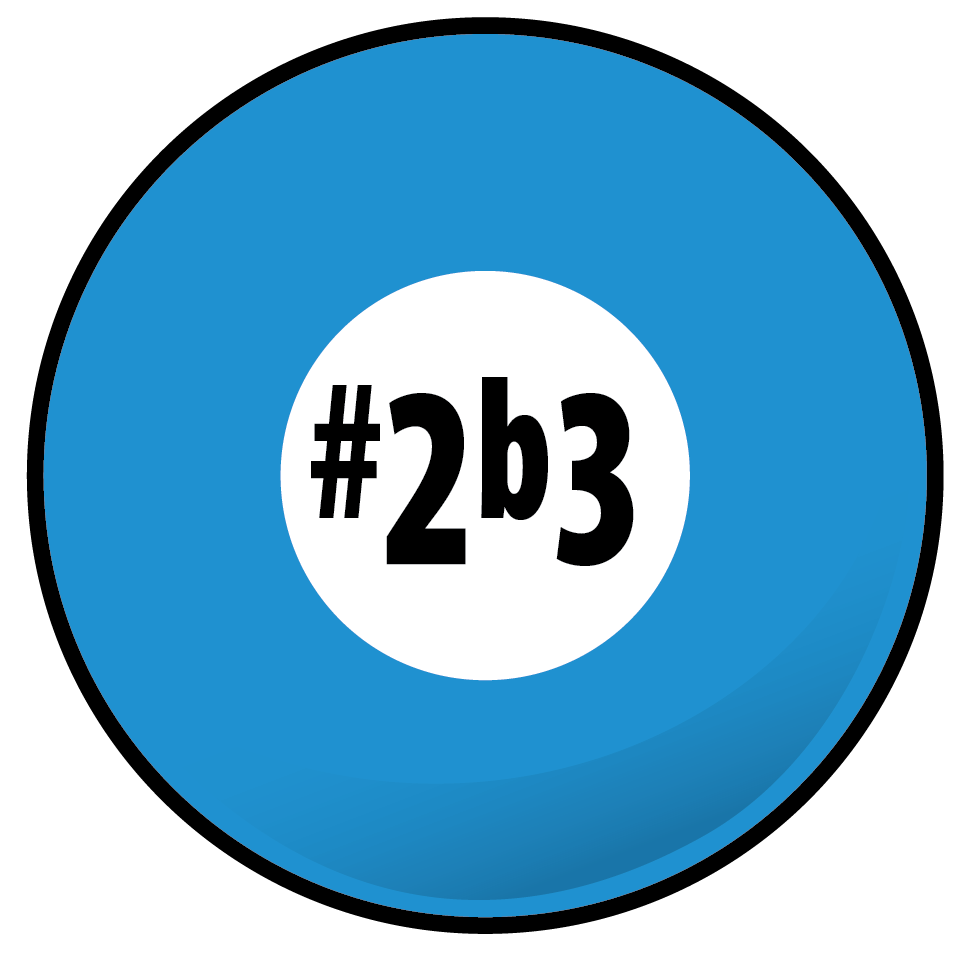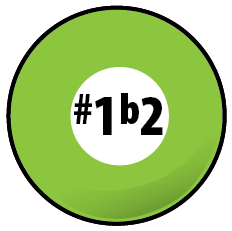~ blue 3rd ~ minor 3rd ~ bIII ~ #IX ~ ~ ... and just slightly out of tune :)
~ the mediant ~ ~ a minor third ~ ~ flat Three ~ ~ - 3rd ~ b iii ~ blue 3rd ~ b3 ~ ~ # Two ~ # ii ~ aug (+) 2nd ~ 'The middle pitch of the triad that enables all the minor colors and hues to bloom, in all tonalities and all the grooves ...' |
Nutshell ~ 'blue 3.' The #Two / bThree note above the root is the basis of all things minor and most commonly the 'blue 3rd.' For if we've a minor scale, arpeggio, triad of chord, and it's minor, this 'minor 3rd' is its core catalyst. In making all things 'equal' with the 12 pitches, the minor 3rd is tuned a wee bit flat from its natural occurrence. So push it around a bit, or a lot, add some vibrato and bend it to your heart's content. Let your ear be the guide to finding it coolness. For history tells us it'll can take it, speak clearly the language of the minor hues, on any ax and whatever we can bring. |
Theory names; mediant, minor third, blue 3rd, b3. Officially known as the mediant in our diatonic major / relative minor grouping of pitches, the minor 3rd is of course the essential key to our entire minor tonality. The blue third is the pitch that can coax forth the tears, the depths of sorrow, that keening sense that lives at the core of Americana Blues. Please examine its position in relation to the 'C' diatonic scale. Example 1. |
scale degrees |
root / 1 |
2 |
#2 / b3 |
3 |
4 |
5 |
6 |
7 |
8 |
minor 3rd |
. |
. |
D#/Eb |
. |
. |
. |
. |
. |
. |
C major scale |
C |
D |
. |
E |
F |
G |
A |
B |
C |
In discussing musical styles, the term blue third becomes key when deciphering the theoretical relationship between melody pitches and their supporting chords. In this text we call it the 'blues rub.' The term flat Three is often used when descending chromatically and most often used with chords and their progressions. |
Relative minor / relative major. Within our various minor groups of pitches, the minor third interval above the root is where we locate its relative major. This relative major / minor relationship is a very big part of so many cool songs from the American song book. Please examine the pitches. Example 1a. |
|
Interval. The theoretical distance between One and flat Three / sharp Two is a minor third / augmented 2nd. This interval is a whole step plus a half step. Example 1b. |
 |
Where in the music. In really any song, scale, arpeggio or chord in a minor key, the minor third is the essential pitch. This would include all of our musical styles. Of course the blue note minor third denotes a blues influence so, blues, blues rock, country blues, jazz et all. The sharp Two passing diminished motion is really all about jazz. Of course like all of our components, 'anything can be anywhere.' And for composers, this is kind of the holy grail maxim. |
Where in history. The minor 3rd must go all the way back for we can hear this pitch included in the minor pentatonic grouping of pitches of indigenous groups globally. We Americans can examine our Native American musical roots to locate these pitches, especially on the flute. |
|
Two divisions of the minor third. There are two ways to divvy up our minor third interval; whole step / half step and its reverse, half step whole step. These two possibilities come in handy when we examine the diminished scale and various ways to use it in improvisation. Examine these two divisions. Example 2. |
scale degrees |
1 |
2 |
3 |
4 |
b5 |
b6 |
6 |
7 |
8 |
whole step / half step |
C |
D |
Eb |
. |
. |
. |
. |
. |
. |
half step / whole step |
C |
Db |
Eb |
. |
. |
. |
. |
. |
. |
 |
A flat Three melody. This oldtime song from wayback, "Go Down Moses" from the traditional American library, features the minor 3rd in the first phrase. Jazz guitar sensation Mark Whitfield covered this on his 1991 release "Patrice." I sang this tune in my elementary school. Easy line, super powerful pitches and a large leap ( minor 6th ) into the line are usually a poignant combination. Example 2a. |
|
 |
Do you remember this song and melody? Nice mix of natural and harmonic minor to create the magic. Beefing up the dominant to V7 lends some emotional as well as stronger tonal gravity to the shape of the line. Do consider learning it here if need be. |
Additional melodies. Any tune in minor needs this b3 / blue note minor 3rd interval to set the tone of the piece. Gershwin's "Summertime", covered by everyone including blues rocker Janis Joplin, whose version is 60's raw and very powerful. "Greensleeves" is another minor toned melody we aspiring pro guitarists should know because just about everyone digs the tune. Many of the The Doors melodies are right in this minor mode. Classics "Stairway To Heaven", "Layla", and a lot of Carlos Santana's song library are in minor keys. |
|
Minor triad melody. This next melodic idea goes deep into our Americana roots. Built upon the pitches of the minor triad, the b3 sets the tone. Pickup note into our tonic pitch A, motion up a minor 3rd then to Five in the second bar. Example 3. |
 |
Sound familiar? "House Of The Rising Sun" has been with us for a quite awhile. Probably as core a minor pentatonic line as we have, lots and lots and lots of cats have testified upon its pitches. Us too? Learn it here. |
Harmony. The quality of the third of any chord determines its tonality as being major or minor. As its name implies, the minor third defines the core of our minor chords. Example 4. |
 |
In the above example we see the evolution from an A minor arpeggio pitches stacked into an A minor triad. The chord in bar three is the essential open A minor chord. Surely among the first chords most guitarists will learn. I'm on that list. Learn it here and now if it is new to you. It's a classic we can find in lots of classic songs. Why, the opening chord to "Angie", the classic pop rock ballad of the Rolling Stones is none other than ... ____ . |
|
Simply amazing? That the power of the third can still ring true and define the chord quality even when outnumbered and surrounded by tonics and fifths. In the above open chord the root and 5th are what we term doubled. There are two A's and three E's in the six note chord. Yet ... the one C natural, the minor third interval above the root, rings out to make the minor magic happen. We theorists have examined the power of these thirds for centuries and where at the center of our 18th century keyboard tuning dilemmas. Even we modern guitarists still might struggle a bit to find a 'cool' third on any given day when tuning our gits :) |
Sharp Two / augmented 2nd. The idea of sharp Two is nearly always about a passing diminished chord moving up to a diatonic Three or down to Two. Finding sharp Two as a dominant chord, #2 / b3 often becomes a pivot chord as we modulate to flat Six, a fairly common destination in the minor though not quite so common to the major tonalities. |
 |
Sharp Two diminished / # ii diminished 7th. In this next idea, we borrow directly from the written changes of the 1933 super dance standard "Smoke Gets In Your Eyes." Example 4a. |
|
Sharp Two diminished / # ii diminished 7th. In this next idea, we simply slip in a diminished chord between our diatonic Two and Three in the major tonality. This is surely mostly a jazz thing as the passing chord seems to accelerates the overall motion of the progression. When paired with the sharp One diminished passing chord, the following motion evolves. Example 4b. |
As rare a hen's teeth. Do notice the small circle in the numerical chord symbols, this simply implies diminished. About the hen's teeth ... mostly hard to find. I've seen this motion written in Bebop pianist Bud Powell's cooker titled "Webb City." I'm sure it's elsewhere too, but # Two diminished 7th is rare. When fully energized in the shed, this last motion might be a good one when burning the midnight oil. The idea of slipping a diminished color between all of our diatonic chords becomes quite an exercise in both chops and thought process. |
|
Flat Three diminished / b iii diminished 7th. In this next idea, we work our way down from Four heading towards One in a major key. Along the way we find a stopping point at flat Three and build a diminished 7th chord there before moving on to Two / Five / One. Here in 'F' major, reminiscent of "Here's That Rainy Day" by James Van Heusen. The 'Ab' dim 7 chord is the b3 dim 7 chord in F major. Example 4c. |
|
Flat Three / V7 of VI. This next following idea is fairly common although again mostly in the jazz language. Here we build a dominant 7th chord on flat Three, which redirects by modulation our music to the natural Six of the minor tonality. Starting in the key of 'A' minor then quickly modulating to 'F' major. Thus, 'C' is the flat 3rd of 'A' minor. Example 4c. |
'Sus' chords. In the last example we included a 'sus' chord in modulating to F major. All this implies is that one or more pitches of the chord were suspended (sus) from their normally tertian spelling. They're tricky to name sometimes, this above shape labeled 'C7(sus)' is also 'Bb/C', which represents a Bb triad, Four in F major, over a 'C' bass note. Superimposing one triad over another can put us on the road to polytonality, another potential asset in creating our tonal gravity / aural predictability formulas. |
Suspensions can play a huge part in the music, especially the epic rock of the mid 60's and onward. VanHalen loves this sound. Their big hit "Jump" opens with sus chords. Beatles? "Hard Day's Night." The pinball wizard? Exactly. Pinball wizard Tommy loves to windmill the 'sus chords.' We'll use them both melodically and harmonically, in all of our styles as they are so very cool indeed :) |
|
Improvisation / blue third. Where to begin ... as this pitch gets huge mileage in the American sounds. Not really a Folk color unless the tune is in a minor key, but of course in the blues and beyond into every nook and cranny of the Americana song book. Improvising players in all of the blues infused styles lean pretty hard on this pitch. At its core, the blue third is the center of what I often term 'the blues rub.' |
The blues rub ... honkin on the 'wrong' 3rd :) The idea of a 'blues rub' simply describes the dissonance ( the rub ) of using a blue melody note that is not found in the chord that supports it. The initial blues rub is simply when we use a minor third melody note over a blues chord that has a major third in its construction. This is very common, as blues chords in a major key are mostly dominant seventh built chords. |
The actual rub is therefore the minor 3rd melody pitch clashing with the major 3rd pitch in the V7 chord, as the pitches are a half step apart. This happens all the time in nearly all of the styles, to great delight of the players, dancers and listeners alike, it's a blues thing. Example 5. |
 |
Blue coolness. An 'Eb' melody note over a 'C7' chord, whose pitches are 'C, E, G, and Bb.' Hear the rub or dissonance between the pitches? That's the blues, its spice and character. While very mild in the above example, under the right conditions, these rubs become spicy hot ferocious. Originally a vocal thing, then to slide and then to electric guitar, which through a stack can really roar. We theorists know ... "it's only rock and roll but I like it." :) |
|
Compare parent scales. A rather dramatic difference in the two groups of pitches no doubt. But building chords is 'locked in' pitch and theory, blues lines have that magic variable of pitch. And that my friend is the core of the rub. We each get to find our own rubs, make us weep when needed. Example 5a. |
|
The numbers. While sharing some common pitches, these two groups do have their issues. The core 'C' minor pentatonic plus the 'F#/ Gb' tritone evolves to a basic 'C' blues scale. Both of these, b3 and #4, are super strong blue notes. The 'Eb' minor 3rd as discussed above and the octave splitting 'F#/Gb' tritone, which we'll get to soon. These two, combined with a pushed out of tune tonic, become the core pitches to create the blues rub. Oh, b7 too ! Then of course there is the rhythmic motor that drives it all; the big 4, 2 and 4 and 12/8 swing. |
Review. 'Learn that poem ... learn that poem' ... here becomes 'learn that pitch ... learn that pitch.' As kids growing up we watched The Little Rascals. One episode is about the young whippersnapper that misses school to go fishing. Caught playing hooky and skunked too, he couldn't go back to school until he learned a certain poem. So there he is, fishing at the river, watchin' his bobber, and his inner voice is saying ... 'learn that poem ... learn that poem.' If you aspire to anything Americana guitar ... learn this pitch ... learn this pitch ... learn this pitch and the near endless nuance of rubs created by the minor 3rd, for it is surely a keeper. |
|
For the minor third, and all of its incarnations, just by proximity, creates big planetary pull with the tonic. As I write this, the sound of bluesman Buddy Guy comes to mind, explosively staccato in so many ways, blue 3rd rubs by bent colorings all over the music. In creating shear force of power, emerging players could also spin some of Duane Allman's improv / jamming lines for coolness, while listening for the building up some epic hair raising degrees of sonic pleasure and their release. |
|
Listening. Lucky as musicians, listening to music is part of our daily bread for life. For we not only can enjoy the process but it's often creative related too. Time and time again in reading the biographies of the legends, does the importance of listening to music come into the dialogue. 'Sing the line, play the line', I've heard that often enough along many pathways. Learn about time and swing, simply by singing note for note your favorite solos. Just total rote learning, know it by heart, the old time easiest way to never forget. Internalizing the pocket and where the line sits in the groove. For some, 'tis all about time.' |
"The blues are the true facts of life expressed in words and song, inspiration, feeling, and understanding." |
wiki ~ Willie Dixon
|
 |
 |
|||||||||||
 |
 |
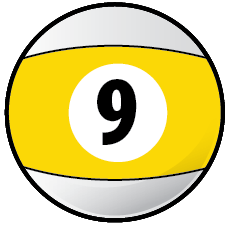 |
 |
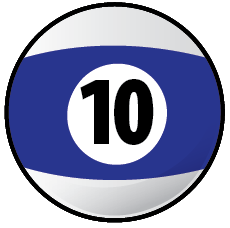 |
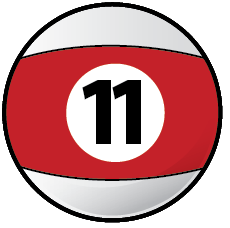 |
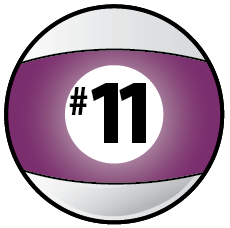 |
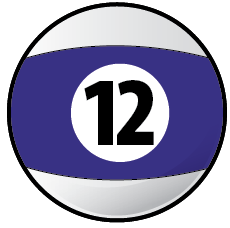 |
 |
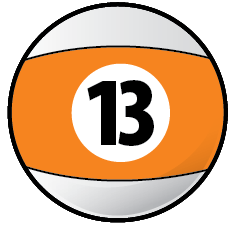 |
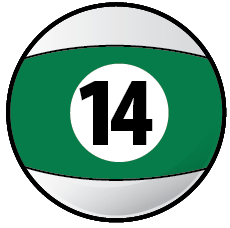 |
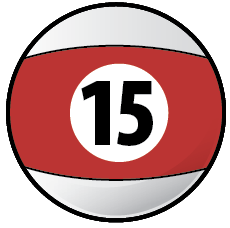 |
 |
References. References for this page come from the included bibliography from formal music schools and the bandstand, made way easier by the folks along the way. In addition, books of classical literature; from Homer, Stendahl and Laudurie to Rand, Walker and Morrison and of today, provided additional life puzzle pieces to the musical ones, to shape the 'art' page and discussions of this book. Special thanks to PSUC musicology professor Dr. Y. Guibbory, who 40 years ago provided the initial insights of weaving the history of all the fine arts into one colossal story telling of the evolution of AmerAftroEurolatin musical arts. And to teacher-ed training master, Dr. Joyce Honeychurch of UAA, whose new ideas of education come to fruition in an e-book. |
"Life is about creating yourself." |
wiki ~ Bob Dylan |
Find an e-book mentor. Always good to have a mentor when learning about things new to us. And with music and its magics, nice to have a friend or two ask questions and collaborate with. Seek and ye shall find. Local high schools, libraries, friends and family, musicians in your home town ... just ask around, someone will know someone who knows someone about music who can help you with your studies of the musical arts with this e-book. |
Intensive tutoring. Luckily for musical artists like us, the learning dip of the 'covid years' can vanish quickly with intensive tutoring. For all disciplines; including all the sciences and the 'hands on' trade schools, that with tutoring, learning blossoms to 'catch us up.' In music ? The 'theory' of making musical art is built with just the 12 unique pitches, so easy to master with mentorship. And in 'practice ?' Luckily old school, the foundation that 'all responsibility for self betterment is ours alone.' Which in music, and same for all the arts, means to do what we really love to do ... to make music :) |
 |
"These books, and your capacity to understand them, are just the same in all places. Always bear in mind that your own resolution to succeed, is more important than any other one thing." |
|
Academia references of Alaska. And when you need university level answers to your questions and musings, and especially if you are considering a career in music and looking to continue your formal studies, begin to e-reach out to the Alaska University Music Campus communities and begin a dialogue with some of Alaska's finest resident maestros ! |
|
Formal academia references near your home. Let your fingers do the clicking to search and find the formal music academies in your own locale. |
"Who is responsible for your education ... ? |
'We energize our learning in life through natural curiosity and exploration, and in doing so, create our own pathways of discovery.' Comments or questions ? |
